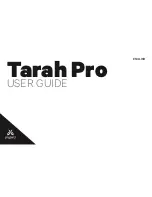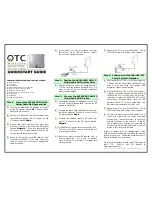
3.5 Wireless Settings
This device can let all wireless nodes (PC, Smart Phone, etc.) equipped with
a IEEE802.11/b/g/n wireless network adapter connect to your Intranet.
3.5.1 Basic Settings
You should configure at minimum the Wireless settings for communication, such as Network
Name (SSID) and Channel.
Network Name (SSID): The name of a wireless local area network (WLAN). All
wireless devices on a WLAN must employ the same SSID in order to communicate
with each other. The SSID is a case sensitive text string and is made up of a
sequence of alphanumeric characters (letters or numbers). SSID’s have a maximum
length of 32 characters. The default SSID of this device is Wireless Router,
but it is recommended strongly that you change your SSID to a different SSID name.
Broadcast Network Name (SSID): The router automatically transmit SSID into the
airwaves at regular intervals (every few seconds). This feature allow clients to
dynamically discover and roam between WLANs. However, this feature also makes
it easier for hackers to break into your network. Because SSIDs are not encrypted or
otherwise scrambled, It becomes easy to grab one by snooping the WLAN looking
for SSID broadcast messages coming from the router or WAP. Knowing your SSID
brings hackers one step closer to a successful intrusion, you may want to disable
this feature to improve the security of your WLAN. Once your wireless clients are
manually configured with the right SSID, they no longer require these broadcast
messages.
Frequency (Channel): This field determines which operating frequency will be
used. It is not necessary to change the wireless channel unless you notice
interference problems with another nearby access point. All devices in the same
wireless LAN should use the same channel.
3.5.2 Advanced wireless settings
These settings are only for more technically advanced users who have a sufficient












































